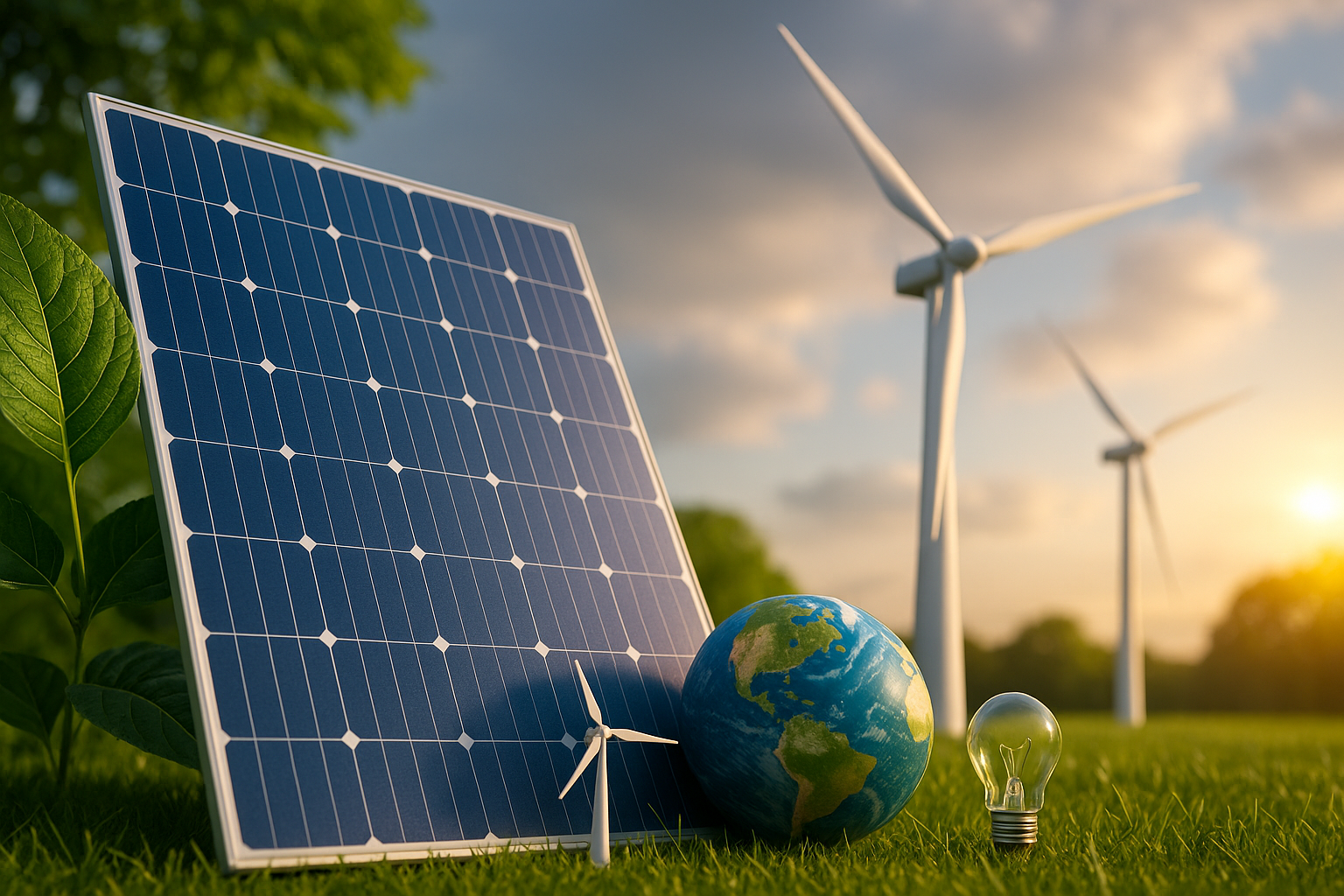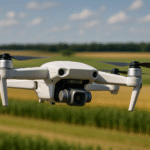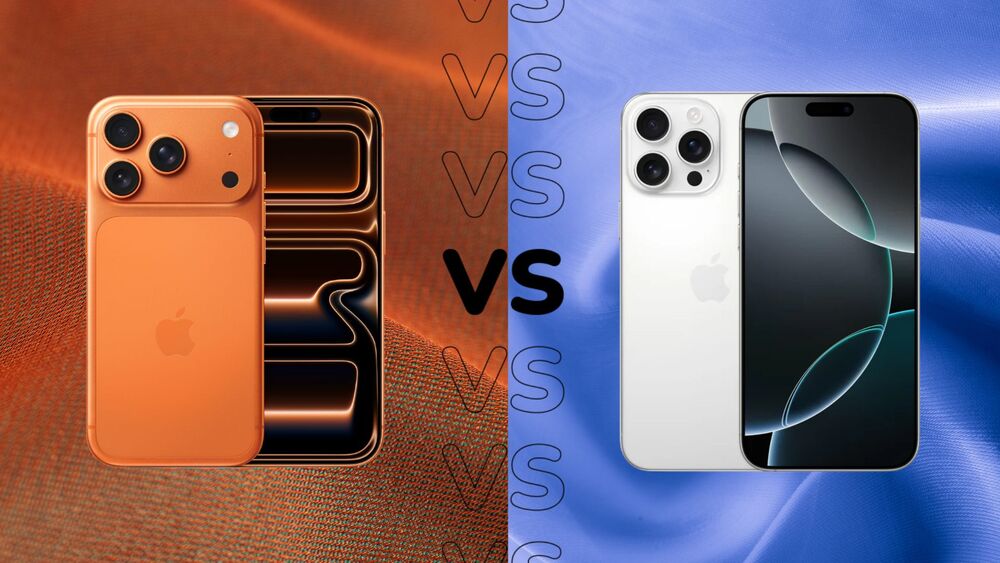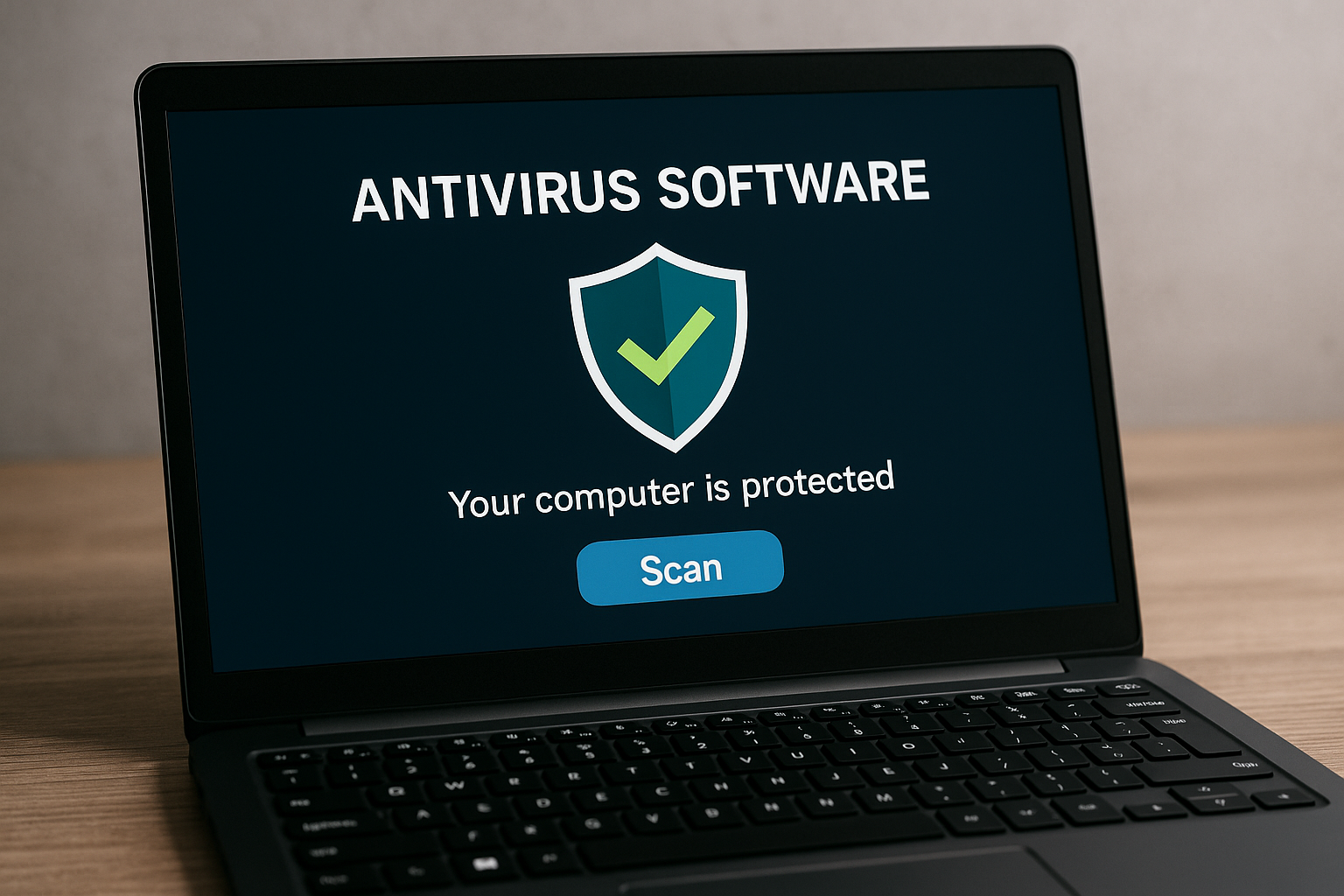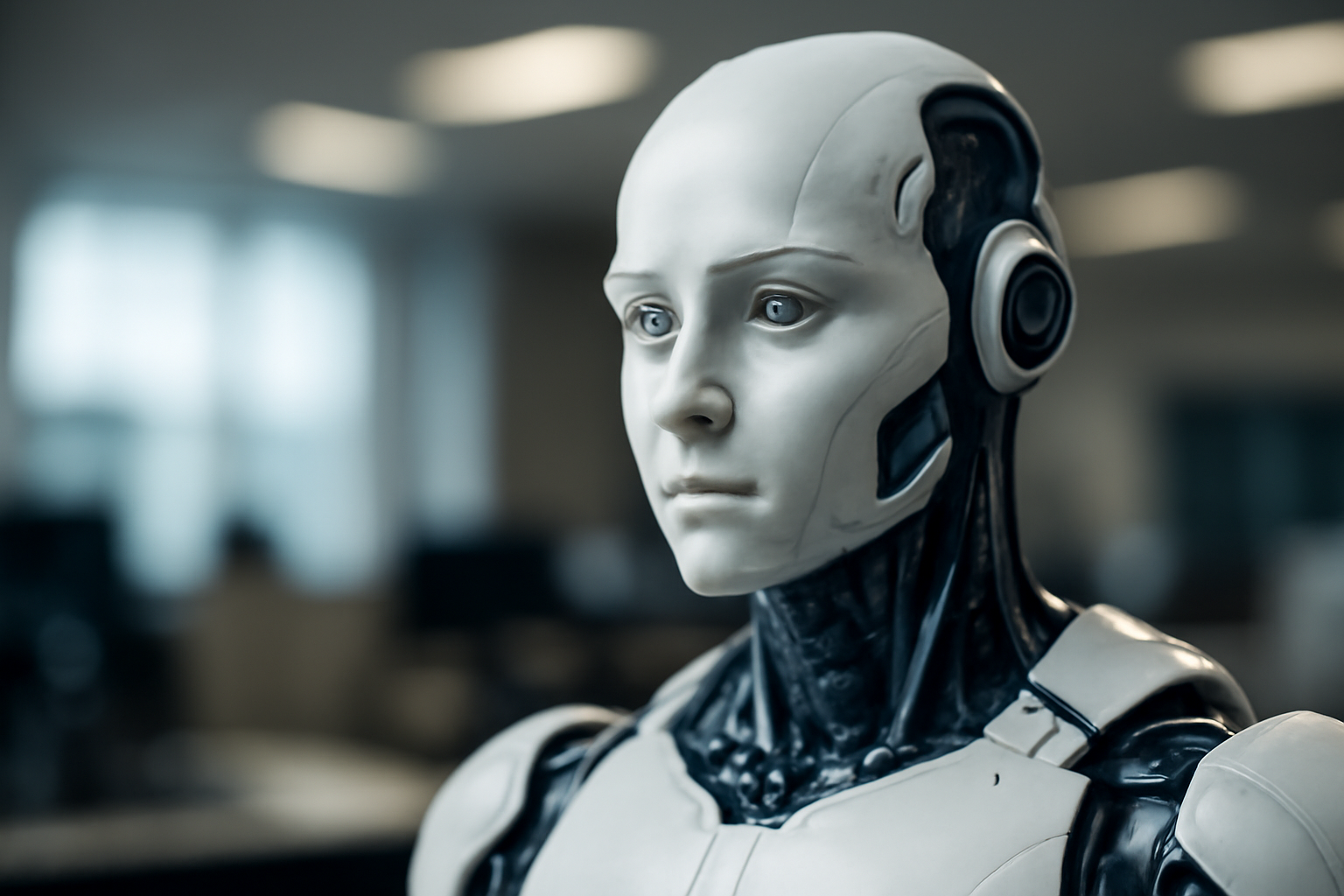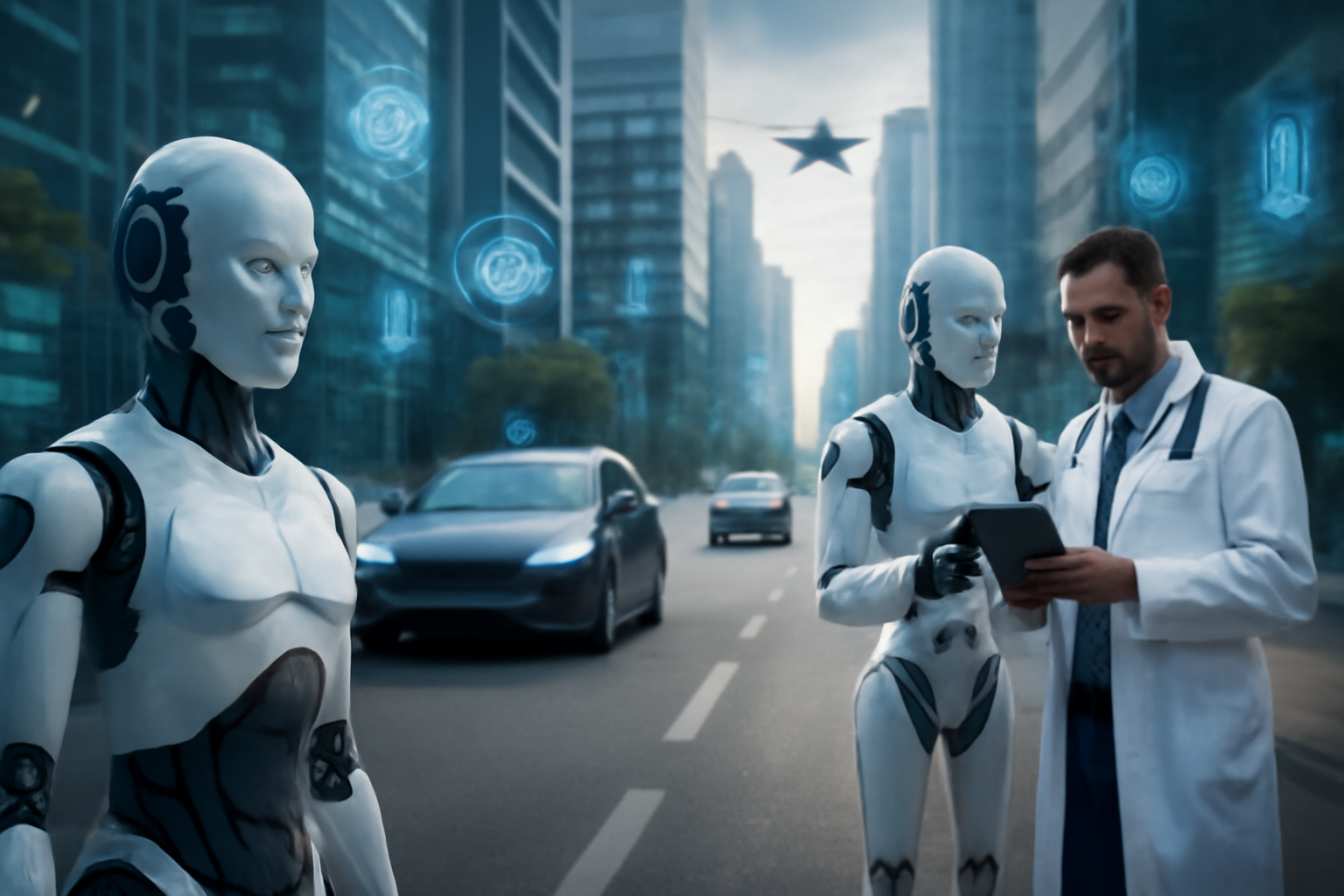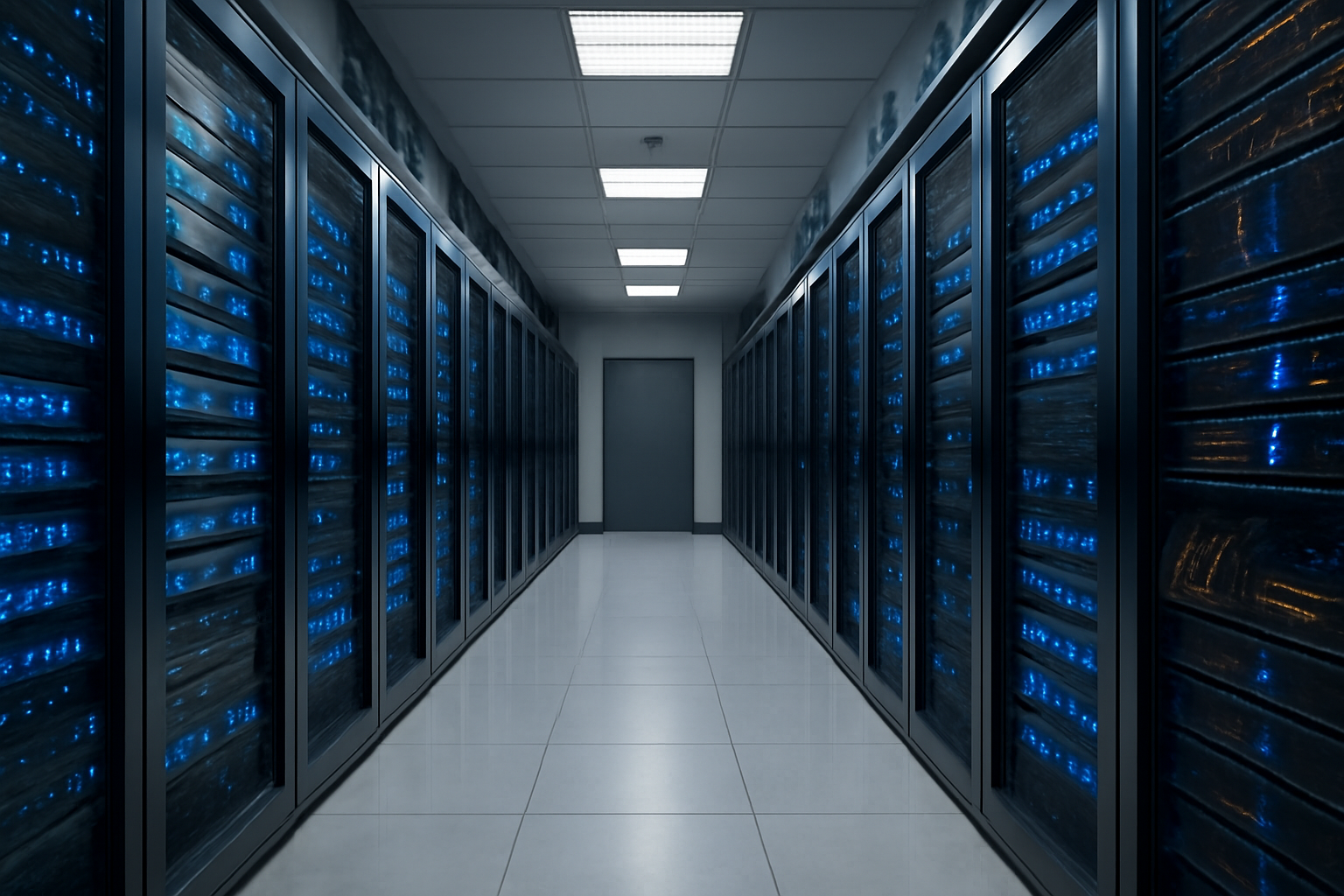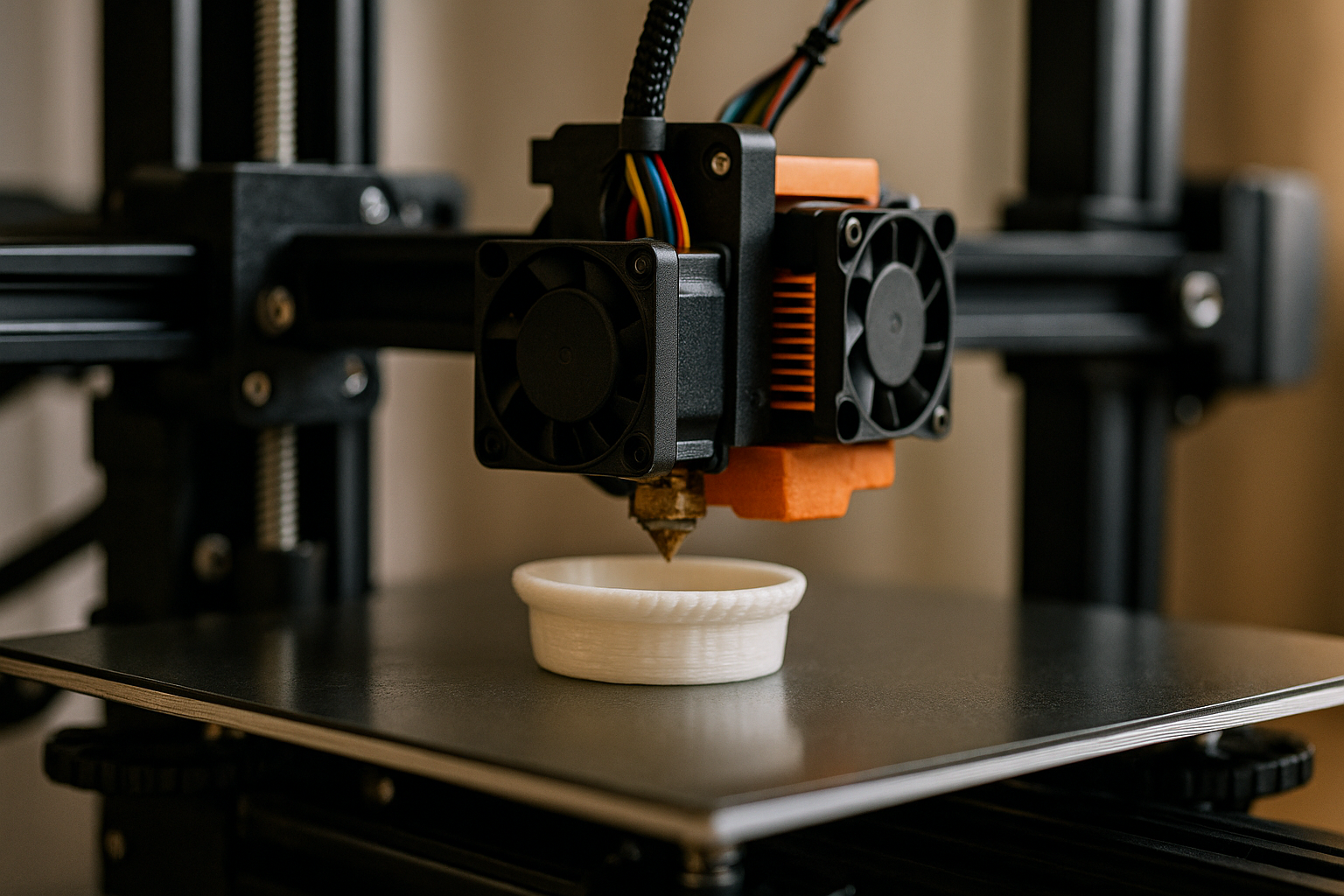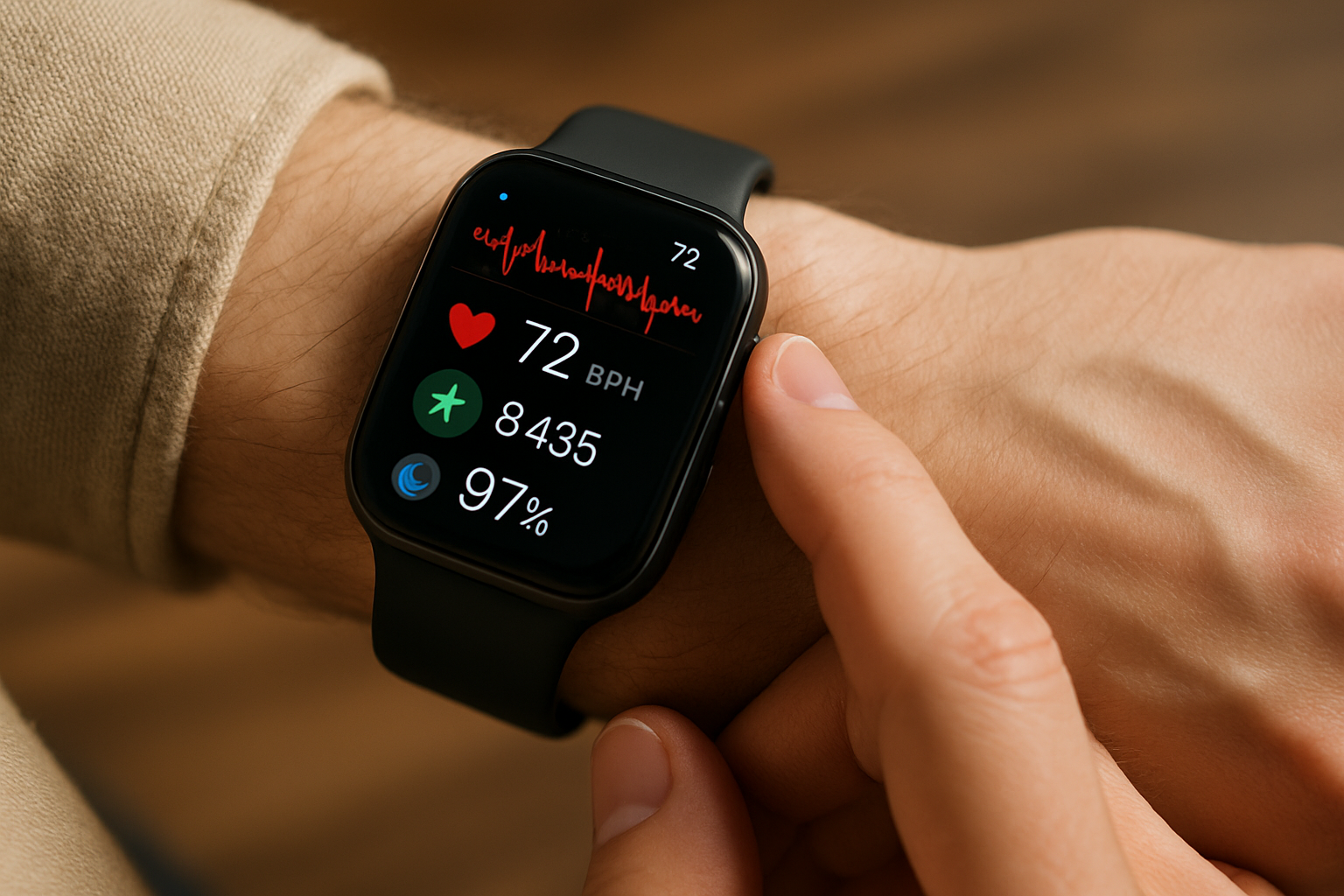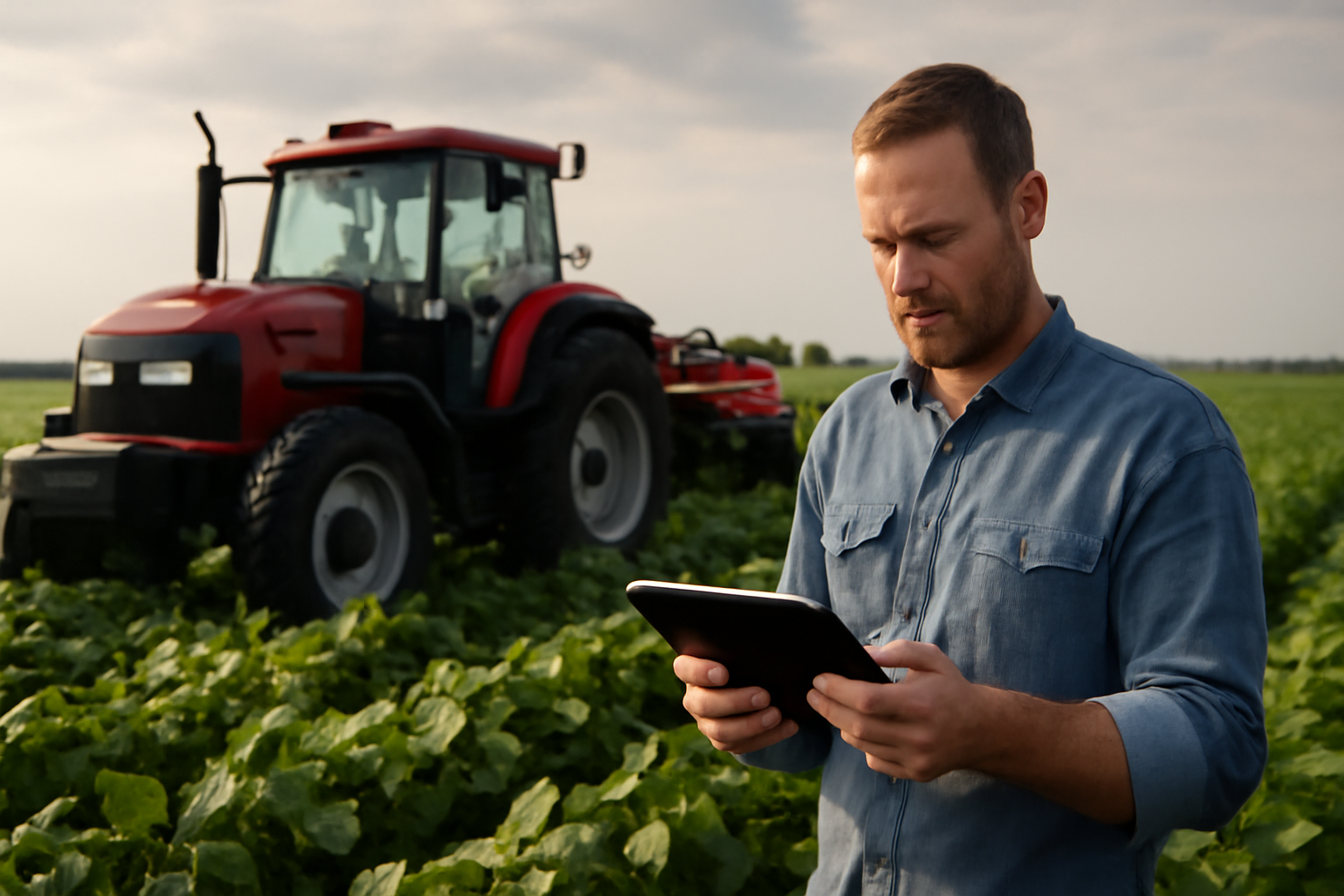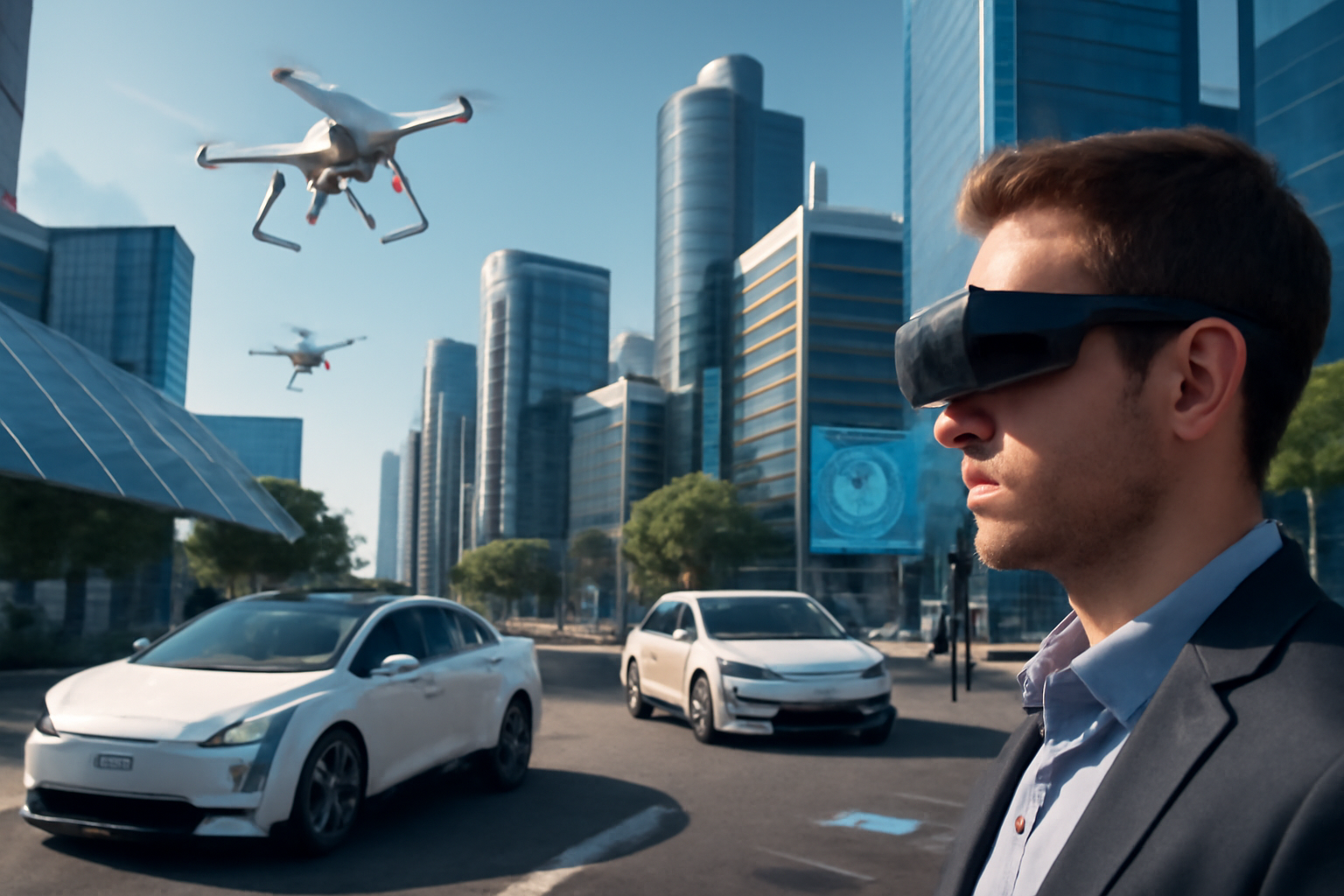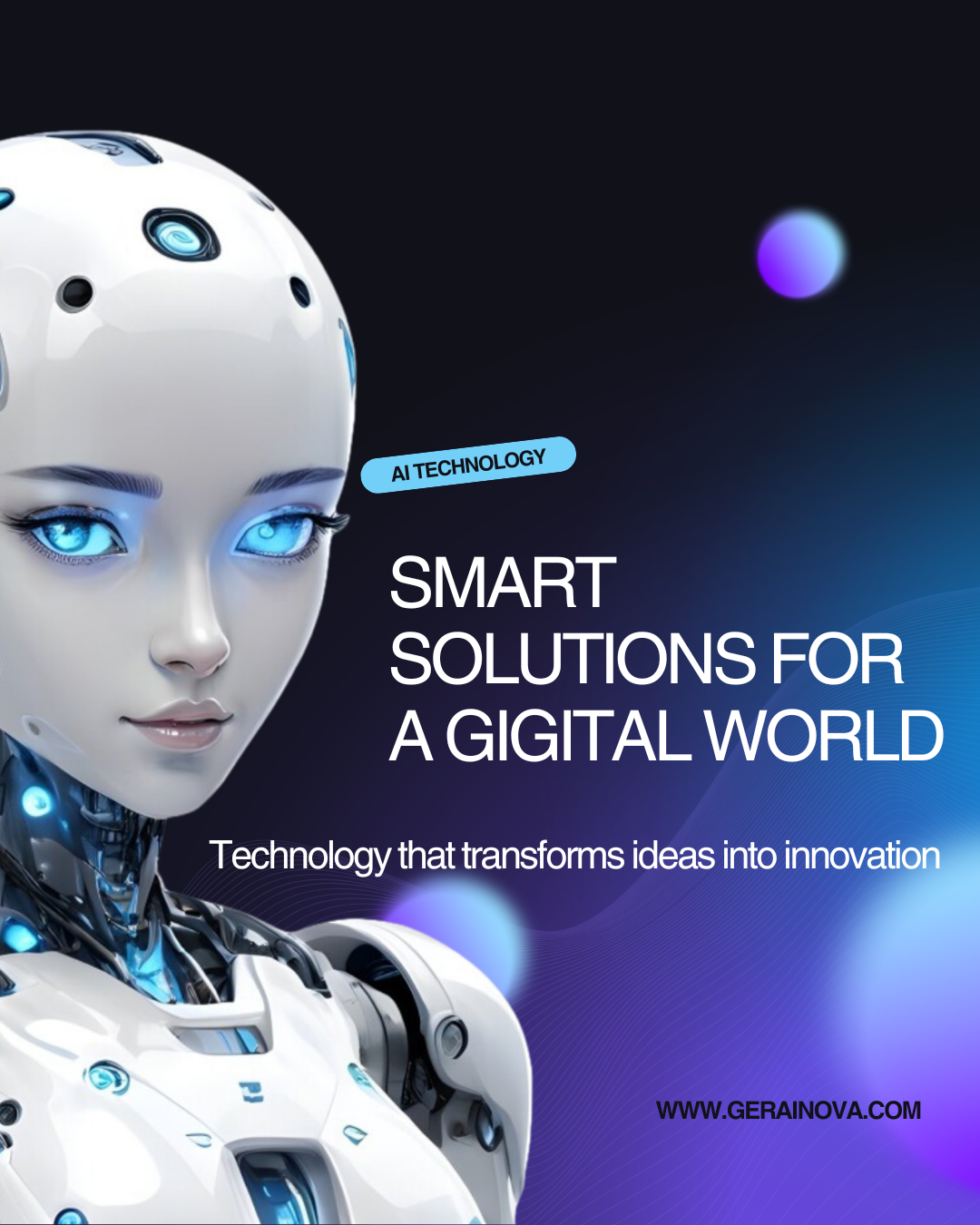The world is at a tipping point. Climate change, pollution, and the overuse of natural resources are no longer distant threats—they are realities shaping our daily lives. As a response, society is shifting toward sustainability. But there’s a silent hero in this movement that often doesn’t get enough credit: technology.
Sustainable technologies are innovations designed to reduce environmental impact, conserve energy, and promote long-term ecological balance. From clean energy to biodegradable materials and smart agriculture, these solutions aren’t just futuristic ideas—they’re tools we can use today to protect the planet.
Whether you’re an individual, a small business owner, or just someone curious about eco-conscious innovations, understanding these technologies is essential. Let’s explore how sustainable tech is changing the world and how it can be part of your everyday life.
What Exactly Is Sustainable Technology?
Sustainable technology refers to products, systems, and processes that are designed with environmental consciousness at their core. This includes:
- Minimizing resource consumption
- Reducing waste and emissions
- Promoting renewable energy
- Creating long-term environmental solutions
It’s not just about being green—it’s about being smart and future-ready.
For instance, imagine a city powered by solar panels, with electric buses running on AI-optimized routes, buildings that clean their own air, and farms that use drones and sensors to reduce water use. That’s not science fiction—it’s happening now.
Why Is Sustainable Technology So Important?
The urgency is undeniable:
- The global temperature is rising at an alarming rate.
- Sea levels are rising, and biodiversity is declining.
- Air and water pollution are affecting human health worldwide.
Technology, when applied responsibly, becomes a powerful ally in reversing or slowing down these damages.
It’s also an opportunity. Sustainable innovation drives economic growth, creates jobs, and inspires new industries. It’s not just good for the planet—it’s good for people and profit too.
1. Renewable Energy Technologies
Solar Power
Perhaps the most iconic symbol of sustainable tech, solar energy has transformed how we think about electricity. With panels becoming cheaper and more efficient, even individual homes can harness the power of the sun.
- Residential solar systems reduce reliance on fossil fuels.
- Solar farms supply clean energy to entire communities.
- Portable solar devices power small electronics in remote or off-grid locations.
Real-world example: In India, entire villages that previously had no access to electricity are now lit at night thanks to small-scale solar kits.
Wind Power
Modern wind turbines are engineering marvels. Whether onshore or offshore, these tall, spinning giants generate significant amounts of electricity with zero emissions.
- Denmark gets nearly 50% of its electricity from wind.
- Offshore wind farms are expanding rapidly in the UK and U.S.
- Small wind turbines are also available for private and rural use.
Hydropower and Tidal Energy
Water remains a consistent and reliable energy source. While large dams have drawbacks, newer innovations like micro-hydro generators and tidal power turbines offer less disruptive, highly efficient alternatives.
2. Green Building Technologies
Buildings account for a large portion of global energy consumption. Green construction aims to reduce this through smart materials and sustainable architecture.
Smart Thermostats and Energy Systems
Devices like Nest or Ecobee learn your behavior and adjust heating and cooling automatically, saving energy without sacrificing comfort.
Green Roofs and Walls
These living installations not only insulate buildings but also:
- Absorb rainwater
- Improve air quality
- Promote biodiversity in urban areas
Cities like Singapore are leading the way with vertical gardens and green skyscrapers.
Sustainable Materials
New building materials are replacing traditional ones with greener alternatives:
- Hempcrete instead of concrete
- Recycled steel and reclaimed wood
- Low-VOC paints to reduce air toxins indoors
These options are not only eco-friendly but often more durable and cost-effective in the long term.
3. Electric Vehicles and Sustainable Transportation
Cars are a major source of greenhouse gas emissions. Sustainable tech is revolutionizing how we move.
Electric Vehicles (EVs)
Brands like Tesla, Rivian, and even traditional automakers like Ford and Volkswagen are investing heavily in EVs. Benefits include:
- Zero tailpipe emissions
- Lower cost of ownership over time
- Quieter operation and less maintenance
EV infrastructure is growing too, with charging stations appearing in malls, highways, and homes worldwide.
Public Transportation Upgrades
Buses and trains are going electric and autonomous:
- Electric buses reduce air and noise pollution in cities.
- AI-driven route planning makes public transport more efficient.
- Bike-sharing and scooter-sharing systems offer low-impact last-mile solutions.
4. Smart Agriculture and Food Technology
Feeding a growing global population while protecting the environment is one of our biggest challenges. Tech is offering clever solutions.
Precision Farming
Using drones, soil sensors, and satellite imagery, farmers can:
- Apply water only where needed
- Monitor crop health in real time
- Reduce pesticide and fertilizer use
This means higher yields with lower environmental impact.
Vertical Farming
Imagine growing lettuce in a warehouse, stacked in layers, using LED lights and hydroponics. That’s vertical farming—and it’s becoming mainstream.
- Requires 90% less water than traditional farming
- No need for pesticides
- Can be done in cities, reducing transportation emissions
Lab-Grown Meat and Plant-Based Alternatives
The food industry is being revolutionized by sustainable proteins:
- Beyond Meat and Impossible Foods offer realistic meat alternatives with lower environmental footprints.
- Lab-grown meat (cultivated from animal cells) is in development to reduce the need for livestock farming.
These innovations could drastically cut methane emissions and deforestation linked to traditional meat production.
5. Circular Economy Technologies
The circular economy is a model where products and materials are reused, refurbished, or recycled, instead of being discarded.
Waste-to-Energy Systems
These systems convert non-recyclable waste into energy through combustion, gasification, or other processes, reducing landfill usage.
Smart Recycling
Apps and IoT-enabled bins help track waste and improve recycling rates. Some systems even reward users for proper disposal!
Reusable Packaging
Companies are adopting tech-driven packaging models:
- QR codes for tracking returnable containers
- Smart sensors to monitor usage and expiration
- Durable materials that reduce the need for single-use plastics
6. Water Conservation Technologies
Water scarcity is a growing concern worldwide. Sustainable technology helps preserve this critical resource.
Smart Irrigation Systems
Agricultural tech like drip irrigation and smart timers ensure water is used efficiently, especially in drought-prone areas.
Atmospheric Water Generators
These devices pull humidity from the air and condense it into drinkable water. Ideal for areas with limited freshwater sources.
Greywater Recycling
In homes and buildings, greywater systems capture water from sinks and showers to reuse in toilets or landscaping—cutting down on freshwater use.
7. Sustainable Tech in Daily Life
Sustainability isn’t just for governments or corporations—it starts at home. Here are practical examples anyone can adopt:
Energy-Efficient Appliances
Appliances with ENERGY STAR or similar certifications use significantly less electricity, reducing both your carbon footprint and your utility bill.
LED Lighting
Switching from traditional bulbs to LEDs can save up to 80% of lighting energy. They also last longer and contain no toxic materials.
Eco-Friendly Gadgets
- Solar-powered chargers
- Reusable batteries
- Smart power strips to prevent phantom energy drain
All these contribute to a more sustainable lifestyle.
The Role of Artificial Intelligence and Big Data
Sustainable technologies are becoming even more effective with the help of AI and data analytics.
- AI helps optimize energy grids, predicting when and where electricity is needed most.
- Smart algorithms manage traffic flow in real-time, reducing emissions.
- Big data informs climate models and conservation strategies, guiding policy and innovation.
Even small businesses can leverage this—like using AI to optimize delivery routes or reduce waste in production.
Challenges and Criticisms
No technology is perfect. Some sustainable technologies face legitimate concerns:
- High initial costs
- Resource-heavy manufacturing processes
- Dependence on rare materials like lithium and cobalt
- Greenwashing, where companies exaggerate eco-claims
That’s why it’s essential to consider life-cycle impacts, regulatory standards, and third-party certifications when adopting new tech.
The goal is to continuously improve—not to seek perfection, but to push progress.
What Can You Do?
Whether you’re a business owner, a consumer, or an advocate, you can support sustainable technology:
- Invest in solar panels or switch to a green energy provider.
- Choose sustainable brands and ask questions about sourcing.
- Support policies and initiatives that fund eco-tech innovation.
- Educate others and spread awareness.
Every small step counts. Imagine the collective impact if every home, school, and office made one sustainable tech upgrade.
Final Reflections: The Future Is Green and Smart
Technology isn’t the enemy of the environment—it’s one of our greatest tools for saving it.
Sustainable technologies show us that we don’t have to choose between progress and preservation. We can innovate without exploitation, grow without destroying, and build a future that’s brighter for both people and the planet.
We’re at a turning point. The next generation of technology won’t just be faster or more powerful—it will be cleaner, fairer, and greener. And the best part? That future is already here, waiting to be embraced.
So let’s power our lives with sunlight, move through cities without smoke, grow food with precision, and use innovation not just to make life easier—but to make it better for everyone.

